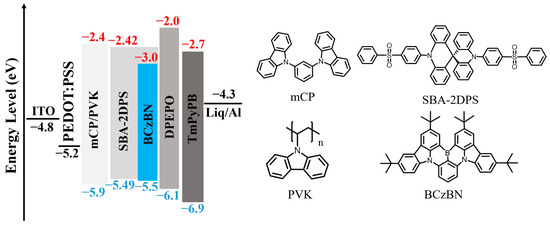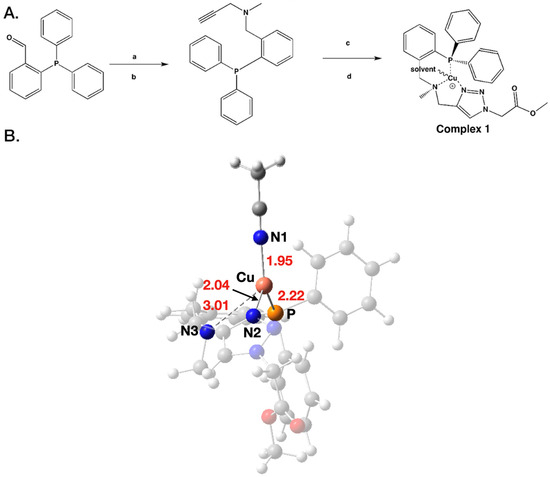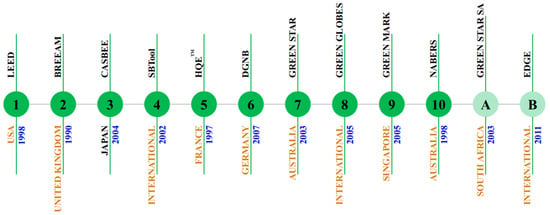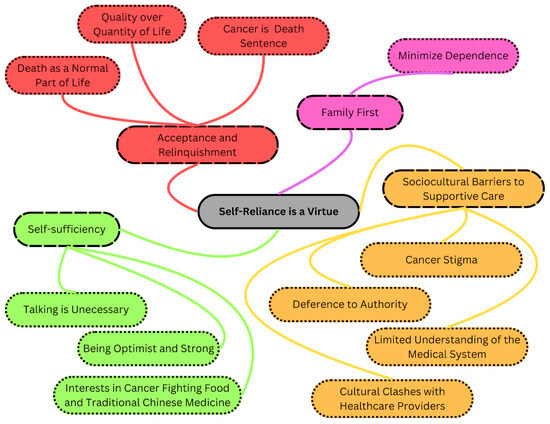Background: Chordomas pose a challenge in treatment due to their local invasiveness, high recurrence, and potential lethality. Despite being slow-growing and rarely metastasizing, these tumors often resist conventional chemotherapies (CTs) and radiotherapies (RTs), making surgical resection a crucial intervention. However, achieving radical resection for chordomas is seldom possible, presenting therapeutic challenges. The accurate diagnosis of these tumors is vital for their distinct prognoses, yet differentiation is hindered by overlapping radiological and histopathological features. Fortunately, recent molecular and genetic studies, including extracranial location analysis, offer valuable insights for precise diagnosis. This literature review delves into the genetic aberrations and molecular biology of chordomas, aiming to provide an overview of more successful therapeutic strategies.
Methods: A systematic search was conducted across major medical databases (PubMed, Embase, and Cochrane Library) up to 28 January 2023. The search strategy utilized relevant Medical Subject Heading (MeSH) terms and keywords related to “chordomas”, “molecular biology”, “gene aberrations”, and “target therapies”. The studies included in this review consist of preclinical cell studies, case reports, case series, randomized controlled trials, non-randomized controlled trials, and cohort studies reporting on genetic and biological aberrations in chordomas.
Results: Of the initial 297 articles identified, 40 articles were included in the article. Two tables highlighted clinical studies and ongoing clinical trials, encompassing 18 and 22 studies, respectively. The clinical studies involved 185 patients diagnosed with chordomas. The tumor sites were predominantly sacral (
n = 8, 44.4%), followed by clivus (
n = 7, 38.9%) and lumbar spine (
n = 3, 16.7%). Primary treatments preceding targeted therapies included surgery (
n = 10, 55.6%), RT (
n = 9, 50.0%), and systemic treatments (
n = 7, 38.9%). Various agents targeting specific molecular pathways were analyzed in the studies, such as imatinib (a tyrosine kinase inhibitor), erlotinib, and bevacizumab, which target EGFR/VEGFR. Common adverse events included fatigue (47.1%), skin reactions (32.4%), hypertension (23.5%), diarrhea (17.6%), and thyroid abnormalities (5.9%). Clinical outcomes were systematically assessed based on progression-free survival (PFS), overall survival (OS), and tumor response evaluated using RECIST or CHOI criteria. Notably, stable disease (SD) occurred in 58.1% of cases, and partial responses (PRs) were observed in 28.2% of patients, while 13.7% experienced disease progression (PD) despite targeted therapy. Among the 22 clinical trials included in the analysis, Phase II trials were the most prevalent (40.9%), followed by I-II trials (31.8%) and Phase I trials (27.3%). PD-1 inhibitors were the most frequently utilized, appearing in 50% of the trials, followed by PD-L1 inhibitors (36.4%), CTLA-4 inhibitors (22.7%), and mTOR inhibitors (13.6%).
Conclusions: This systematic review provides an extensive overview of the state of targeted therapy for chordomas, highlighting their potential to stabilize the illness and enhance clinical outcomes.
Full article
 IJMS
IMPACT
IJMS
IMPACT Applied Sciences
IMPACT
Applied Sciences
IMPACT Sustainability
IMPACT
Sustainability
IMPACT Sensors
IMPACT
Sensors
IMPACT JCM
IMPACT
JCM
IMPACT Materials
IMPACT
Materials
IMPACT Molecules
IMPACT
Molecules
IMPACT Energies
IMPACT
Energies
IMPACT Electronics
IMPACT
Electronics
IMPACT Remote Sensing
IMPACT
Remote Sensing
IMPACT Cancers
IMPACT
Cancers
IMPACT Nutrients
IMPACT
Nutrients
IMPACT Mathematics
IMPACT
Mathematics
IMPACT Foods
IMPACT
Foods
IMPACT Buildings
IMPACT
Buildings
IMPACT Polymers
IMPACT
Polymers
IMPACT Animals
IMPACT
Animals
IMPACT Water
IMPACT
Water
IMPACT Plants
IMPACT
Plants
IMPACT Agronomy
IMPACT
Agronomy
IMPACT Biomedicines
IMPACT
Biomedicines
IMPACT Processes
IMPACT
Processes
IMPACT Microorganisms
IMPACT
Microorganisms
IMPACT Diagnostics
IMPACT
Diagnostics
IMPACT Nanomaterials
IMPACT
Nanomaterials
IMPACT Viruses
IMPACT
Viruses
IMPACT Medicina
IMPACT
Medicina
IMPACT Healthcare
IMPACT
Healthcare
IMPACT Cells
IMPACT
Cells
IMPACT Forests
IMPACT
Forests
IMPACT Agriculture
IMPACT
Agriculture
IMPACT Land
IMPACT
Land
IMPACT JMSE
IMPACT
JMSE
IMPACT IJERPH
IJERPH
 Symmetry
IMPACT
Symmetry
IMPACT Genes
IMPACT
Genes
IMPACT Pharmaceutics
IMPACT
Pharmaceutics
IMPACT Coatings
IMPACT
Coatings
IMPACT Micromachines
IMPACT
Micromachines
IMPACT Pharmaceuticals
IMPACT
Pharmaceuticals
IMPACT Atmosphere
IMPACT
Atmosphere
IMPACT Children
IMPACT
Children
IMPACT Religions
IMPACT
Religions
IMPACT Antioxidants
IMPACT
Antioxidants
IMPACT Life
IMPACT
Life
IMPACT Metals
IMPACT
Metals
IMPACT Biomolecules
IMPACT
Biomolecules
IMPACT Vaccines
IMPACT
Vaccines
IMPACT Education Sciences
IMPACT
Education Sciences
IMPACT Minerals
IMPACT
Minerals
IMPACT Horticulturae
IMPACT
Horticulturae
IMPACT Brain Sciences
IMPACT
Brain Sciences
IMPACT JPM
IMPACT
JPM
IMPACT Bioengineering
IMPACT
Bioengineering
IMPACT





















